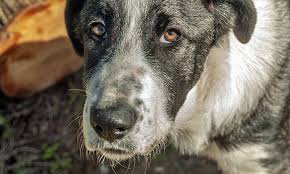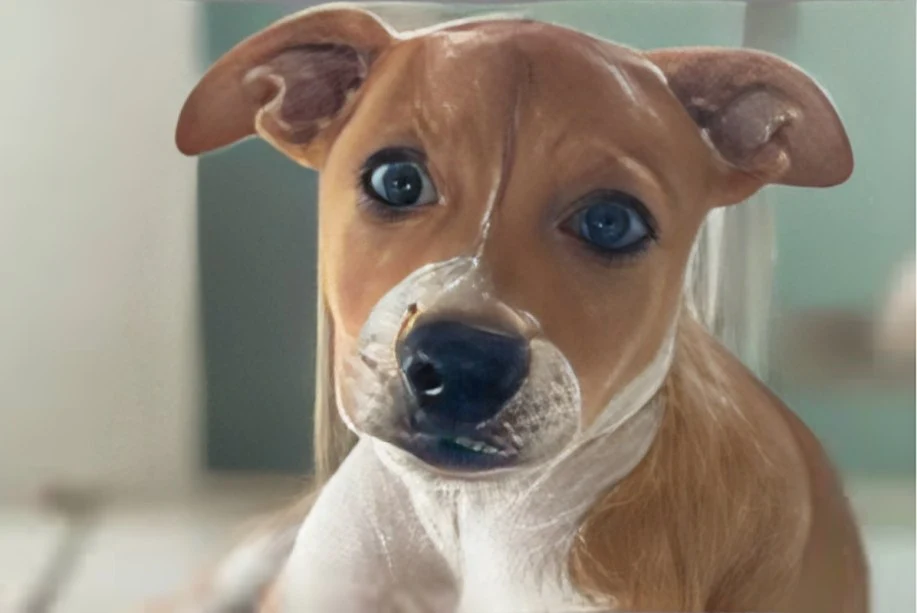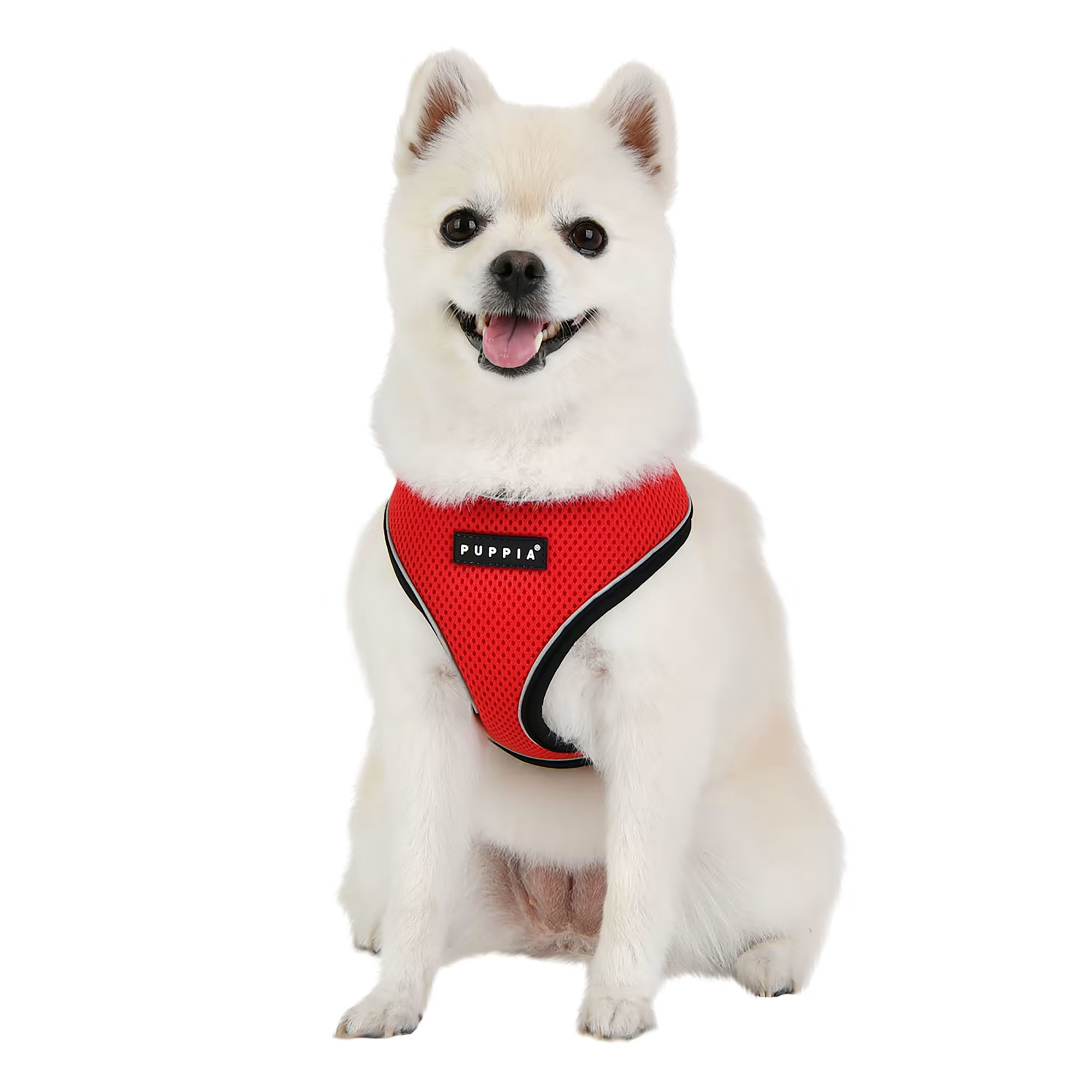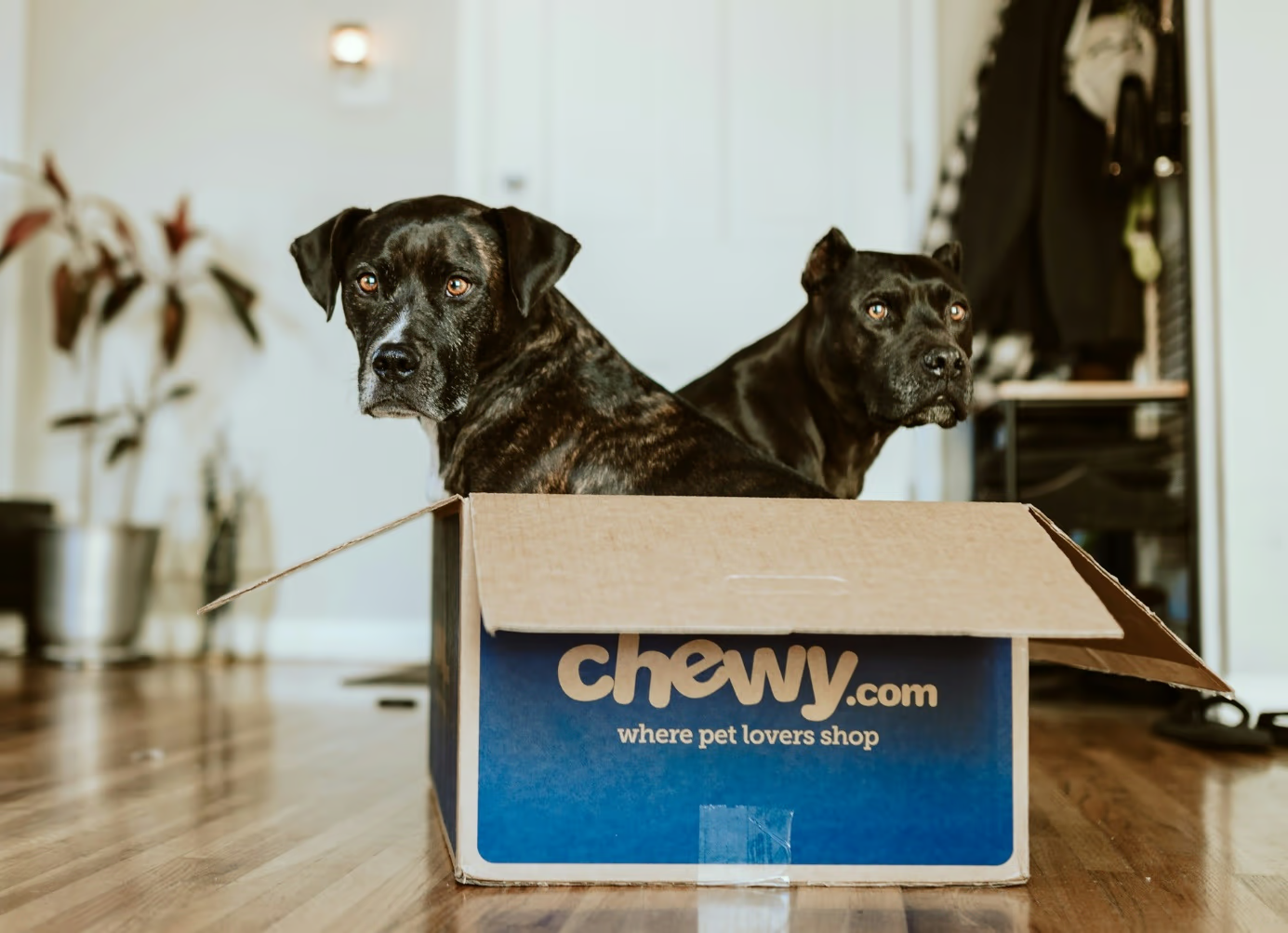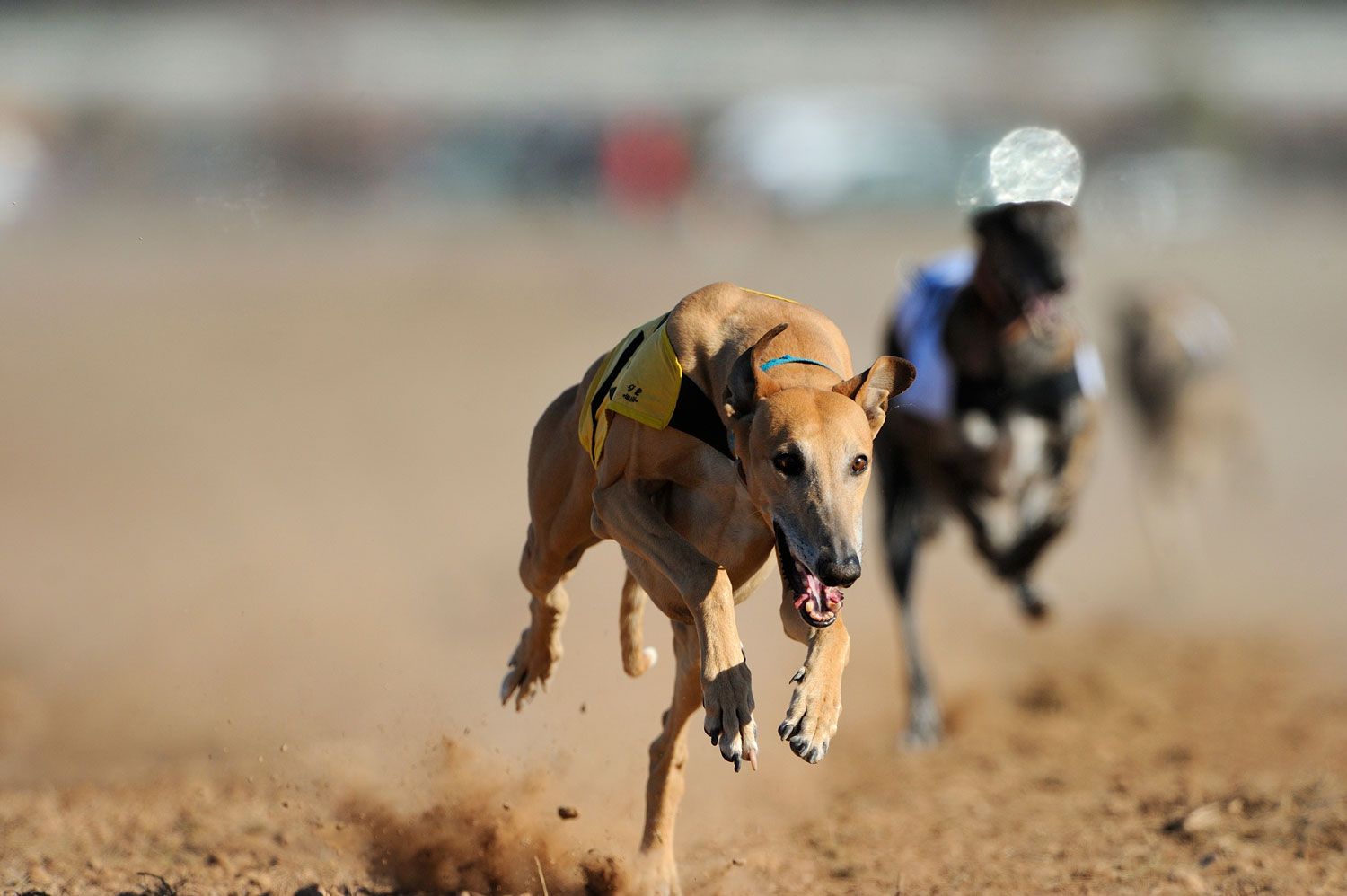Introduction:
There are no words to explain the feeling when a dog’s owner discovers a hard immovable lump on dog. They can arise suddenly and given the nature and behavior of these lumps, alert you that your dog’s health is at risk. It is therefore important for the health of your furry friend that you understand more about these lumps. It is hoped that this guide will assist you in understanding the many issues related to hard immovable lumps on dogs, what they are, what causes them, how they manifest themselves, and possible treatments that are available.
This is because being informed put you as the pet owner in a better position. You will find out how to detect these lumps and how to ensure they are not cancerous. You will also learn what further actions should be taken at that time. It is now high time that we focused on the topic and armed you with all the information that will enable you to take proper care of your dog.
Understanding Hard Immovable Lump on Dog: Causes and Symptoms
Thus, a hard immovable lump felt in your dog may have several roots. These lumps can develop on any part of the body; it can be in the leg, ribs, or even the belly. They can range from small and may have a regular or an irregular shape. In order to prescribe the right treatment for the lump, it is important to know the reason behind this condition.
Possible signs and signs of lumps include inflammation, soreness or becoming averse to activity. However, if your dog is not as energetic as before, stopped eating, or do not allow you to touch the lump, it may be malignant. This way you’ll be able to identify any other signs that your dog is manifesting the disease.
That way you can see any new lumps, or any changes to any of the lumps which may be present. If you find a hard movable lump under the skin dog, or any other change in behavior, contact your vet today. He pointed out that early detection can also help in getting improved results.
This is what a hard immovable lump on your dog means.
In our case when hard immovable lump is established on dog leg it is sometimes rather challenging to discover the meaning of this fact without qualified consultation. These lumps can be growths with no cancer cells or growths with cancer cells in them. Usually not cancerous growths are lipomas, cysts and fatty tumors. Most are non-threatening and if they are, they do not call for medical intervention unless of course, they are painful.
While benign lumps imply that it is a benign tumor, malignant lumps may suggest cancer. Pictures of dog cancer lumps should enable you to appreciate the numerous forms of lumps which may be found. However, getting a clear identification of the lump has to be done through a vet. Knowing this potential associated with these lumps will help a person on what to do next.
Furthermore, the location of the lump may contain important information about the type of the lump that is present. For instance, if one has a lump on their rib cage it may be due to an infection or a bone tumor. The location and character of the lump need to be determined with precision with the aim of diagnosis and next course of action.
What You Can Expect to Find Out about the Reasons for Hard, Immovable Lumps in Dogs
There are many reasons that can lead to appearance of the hard immovable lump on your dog’s body. Some common causes include:
Lipomas: These are noncancerous tumours that are formed by the accumulation of adipose cells. Otherwise they are typically soft but they may feel hard if they grow to be big.
Cysts: Cysts are healthy pouches filled with fluid and can develop beneath the skin. Despite not being serious in most cases might feel horrible if they are infected.
Tumors: It is also essentials to determine that both benign and malignant tumors can lead to formation of hard lumps. Sarcomas and other malignant tumors need urgent treatment.
Abscesses: These are collections of pus that are painful due to infection. They can be hard when they get inflamed.
Bone growths: At other times, the symptoms such as hardness of a bony tumor on the rib cage dog can show the bone disorder
This will ensure that you gain more understanding on the general causes that may be leading to your dogs health issues. However, only a vet is in a position to diagnose your companion and give the appropriate recommendations.
When a Swelling or Hard Mass on Your Dog Can Be Dangerous
A lump can be a sign of cancer or it can be something else which is not dangerous. But there are some circumstances that would need the intervention of the vet without delay. You should worry if you observe the following:
Rapid growth: If the tumour progresses and develops in size, this could mean it is malignant.
Change in size or shape: Any variation in the lump’s characteristics is an indication that there may be an issue.
Pain or discomfort: Your dog may experience pain and you should take it to be treated when it whines, moves less or even if you try to touch it.
Skin changes: Infection or irritation can cause any change to the lump’s color, size or if it is tender, red or has any discharge at all.
Behavioral changes: However, if your dog is lazy, will not eat, or seems to act funny in any way, see your vet.
Being able to identify such signs can go along way in ensuring that any problem is quickly identified before it becomes worse. Among the most important things you have to do for your pet is to ensure regular check-ups with your veterinarian.
How to examine a hard immovable lump on dog?
Palpation of a hard immovable lump on dog entails more physical assessment and is done gently. Here are steps to follow:
Stay Calm: Your dog does understand when you are anxious. How you can conduct yourself during the examination?
Check Location: Record both the position of the lump and its size.
Assess Texture: Gently feel the lump. Is it hard, soft, or bony? Is it portable or immovable?
Look for Other Symptoms: Any change in color, shape or size of the lump, or the occurrence of pus should be significant indicators of change.
Observe Behavior: It is useful to observe your dog’s response to your touching the lump. Are they in pain?
If your veterinarian only sees the horse once a year, any changes will have hidden themselves well, meaning it will be hard for your veterinarian to accurately diagnose the problem; thus, keeping a record of your observations is essential. You should not also wait for your dog to be poisoned or have any other disease to be taken to vet.
Diagnosing a Hard Immovable Lump on Dog: A Vet’s Perspective
When you take your dog to the vet having a hard immovable lump, the vet will assess your dog. The veterinarian will then attempt a physical examination in order to look for any other symptoms related to illness. They may perform the following diagnostic tests:
Fine Needle Aspiration (FNA): The task performed here is to take a small sample of cells by inserting a slender needle into the lump. Benign and malignant, it helps find out which the lump is.
Biopsy: In some case physicians might decide to make a biopsy in order to get more specific diagnosis. A tiny portion of the body is excised and is subjected to tests in a pathology laboratory.
X-rays or Ultrasound: Imaging can tell how far the lump involves internal structures especially if it is around the bones or organs.
Blood Tests: Blood work, for instance, may offer extra facts about your dog’s health condition.
Each process will be described by your vet and he/she will give reasons why they are undertaking it. These recommendations they shall recommend depending on the findings.
Hard Immovable Lump on Dog: Treatment Options Available
How to manage/ treat your dog Hard Immovable Lump on Dog largely depends on what is causing this mass formation. Here are some common treatment options:
Monitoring: If, however, the lump is benign and is not an issue for the dog, your vet might suggest the lump be watched over time.
Surgery: Surgery may be required for breast lump that is malignant or for those whose symptoms are interfering with the day to day lives of the affected individual.
Medication: Sepsis or inflammation may need antibiotic or anti-inflammatory treatment.
Chemotherapy: In the case of malignant tumors chemotherapy may also be prescribed in conjunction with other treatments.
Palliative Care: Finally, patients suffering from terminal stages of cancer mainly aim at comfort with focus être in quality of life.
Detail with your vet the available options that would make sense in the status of your dogs.
Is a Hard Immovable Lump on Dog cancerous? What You Should Know
This lump on dog can be cancerous depending on the situation but not always, it can be a hard immovable lump. Not all tumors are malignant in nature but are actually non malignant growths or tumors. Nonetheless, the decision of whether or not a particular lump is malignant or not necessitates a vet’s opinion. Here are signs that may indicate cancer:
Rapid growth: Malignant lumps are known to develop faster than benign ones do.
Unusual appearance: Abnormal malignant tumors may have an odd shape or colour.
Systemic symptoms: People with cancer may lose weight, feel exhausted or have changes in their appetite.
Never be anxious when you feel there might be cancer. Most of the dogs get cured by responding to treatment. With the help of your vet, you will be making the right decisions throughout the process.
Home Remedies for Hard Immovable Lump on Dog: Do They Work?
Some people look for domestic solutions to the hard immovable lump on dog. However, not all remedies can be used to alleviate the symptoms and therefore there is need to be very careful when using home treatment. Here are some commonly discussed remedies:
Warm Compresses: Using a warm application to the area will also reduce inflammation and alleviate pain.
Herbal Remedies: Many natural supplements are supposed to help enhance the quality of human life. But always consult the veterinarian before using them.
Diet Changes: Feeding your dog a healthy diet can increase immunity but this does not mean that lumps will not develop.
Weight Management: Maintenance of your dogs weight and avoiding obesity will help to reduce pressure on the body and also help you avoid mammary tumors.
Some of these home remedies help to offer some consolation, but they must not be used in place of veterinary care. You should always first consult your vet before you try to give your dog some home remedy.
Preventing Hard Immovable Lump on Dog: Tips for Pet Owners
Most importantly, to reduce the incidence of hard immovable lump in your dog you need to be watchful and very keen on matters of health. Here are some tips to help minimize the risk:
Regular Vet Check-ups: He recommended I should have check-up at least once per every year in order to identify such complications early.
Healthy Diet: Make sure your dog gets the right combination of foods since this will affect its health.
Regular Exercise: Play with your dog often to prevent the obesity that leads to formation of lumps.
Monitor for Changes: Another signal at least once per week you should feel your dog for any new growths or changes with the growths that are already there.
Vaccination: It is noteworthy that the vaccination process should be provided with your dog to avoid diseases that cause lumps.
By doing these you will be improving the dogs health, and possibly minimizing the possibilities of having lumps.
Hard Immovable Lump on Dog: A Definitive Manual for Owners of Observed Horses
It can be very confusing and frustrating for any pet owner to start noting a hard immovable lump on dog. Regarding this health issue, this guide is intended to help you get more clear and comprehensible information along with useful recommendations. Always bear in mind that lumps are quite frightening at times however many of them are in fact benign and can therefore be treated.
It is also important to take time and check your dog. If you see any lumps or changes, ask your veterinarian as soon as possible, remember they are super busy so try to be specific and direct when answering questions so as not to be dismissed. It is very important to treat the disease in its early stages, for you and your pet to gain the finest outcome.
The positive attitude, along with the constant focus on pet related topics, will enable you as the pet owner. Your dog’s health should be a priority for you, and knowing the type of food they should take is a good place to start.
Everything You Need to Know When Taking Your Dog for a Check-up: Hard Lump
Taking your dog to the vet with a hard immovable lump on dog can is rather stressing. But it is only when you are prepared that you can avoid stressing yourself where necessary. Here’s a general outline of the process:
Initial Examination: Your vet will examine the lump and the area where the lump is located during the physical exam.
Discussion of Symptoms: Expect to talk about anything you have noticed like pain, change in appetite or behavior.
Diagnostic Testing: To gain a better understanding of the lump, your vet may move to have FNA, biopsies, or imaging done on them.
Treatment Discussion: From the results we will be able to prescribe recommended treatments that will be recommended depending on your dog’s needs.
Follow-Up Care: Check up may be needed after a contract is made to track the health of the dog after being diagnosed.
Just knowing you’re ready for the visit can make you feel like you have more control. List any questions that may arise before you see the doctor so that the doctor touches on all of them during the appointment.
Real Stories: The outcomes of dogs presenting with hard immovable lump on dog.
The information should give comfort and/or perspective for dealing with a hard immovable lump on dog and hearing real stories. And indeed, many pet owners are likely to associate with similar circumstances in their lives and derive hope from their experiences.
For instance, Max, a dog, developed a lump at the leg area. There one day after a vet visit they informed me it was a benign lipoma. Max finally did the surgery and he was recovering well. Today, he is jovial, he’s laughing, singing, dancing, enjoying life.
One dog, called Bella had a swelling that was diagnosed to be cancerous. After consultation with the vet she decided to opt for a surgical procedure as well as chemotherapy regime. Bella responded well and remains improved up to date.
Such experiences prove that a lump can be really worrisome, but most dogs have their pleasant lives after the necessary treatments. It is important to be aware and alert about what is happening in your dog’s health process.
Conclusion
Finally, it is understandable that the discovery of a hard immovable lump on dog can be a frightening experience, however as always, the more one knows the better prepared he/she will be. The information illustrated about the different illnesses enable one to select or seek the most appropriate treatment for the pet.
But this is something you should always be on the lookout for and always seek your veterinarian’s advice if you’re unsure. If the condition is diagnosed at an early stage, the prognosis for your pet is better. Always comprehend that most lumps are actually benign and that with proper care your dog will still be able to live his or her life normally.
Keep doing these great tips: be active, learn, and always put your dog on the highest level of care.
FAQs
Q: If you thing you’ve felt a hard lump on your dog, what should you do next?
A: Any lump felt in this area should be observed over time and checked with your veterinarian to determine whether it is cancerous.
Q: Is every firm tumour on dogs malignant?
A: Therefore, many lumps may be benign in nature but they should be checked by a veterinarian.
Q: How to stop lumps developing?:
A: Staying away from high risks includes; taking your pet for routine checkups with the vet, feeding him a healthy diet, and exercising him regularly.
Q: Is my dog’s lump can be treated at home?
A: Even though some of the treatments can be done at home they are best done under the supervision of a veterinarian.
Q: Recently I asked myself several questions concerning the lumps and the main of them is What are the signs that this lump is serious?
A: The signs suggesting that the problem is not minor and may be dangerous include the growth rate as well as pain; changes of body shape or colour and such systemic signs of sickness as loss of weight.


